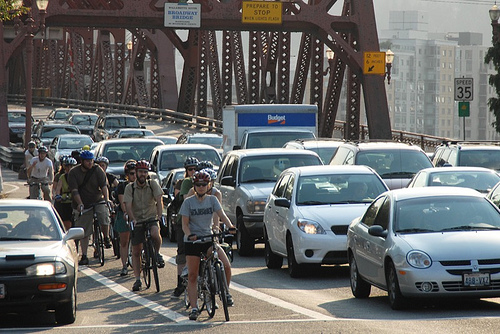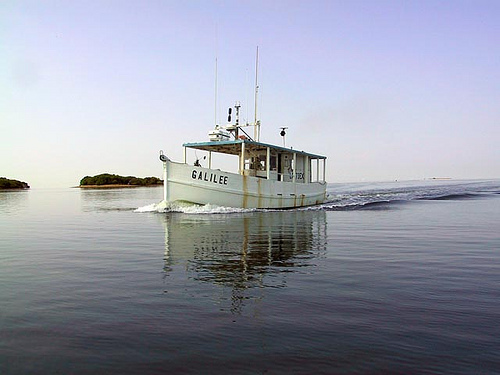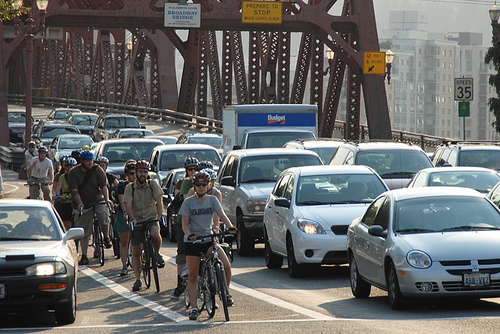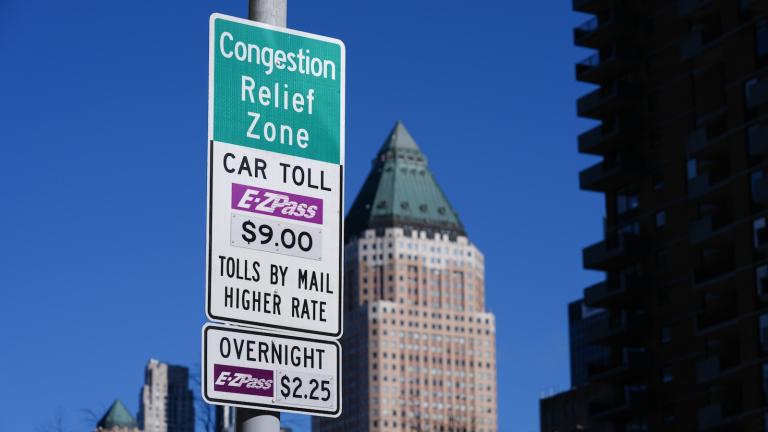 Photo: BikePortland$142 billion in obesity-related health care costs and lost wages due to illness. As much as $80 billion in health care costs and premature death caused by air pollution from traffic. A whopping $180 billion from traffic crashes – lost wages, health care costs, property damage, travel delay, legal costs, pain and suffering … do we need to go on?
Photo: BikePortland$142 billion in obesity-related health care costs and lost wages due to illness. As much as $80 billion in health care costs and premature death caused by air pollution from traffic. A whopping $180 billion from traffic crashes – lost wages, health care costs, property damage, travel delay, legal costs, pain and suffering … do we need to go on?
These are some of the hidden costs of a car-centric society. The American Public Health Association, in a recent report, argues that these costs have been ignored for too long as decision-makers hash out transportation policies. Instead, transportation projects usually focus on construction costs, acquiring rights of way, expected revenues (such as tolls), and operation and maintenance.
Our dependence on automobiles and roadways has profound negative impacts on human health: decreased opportunities for physical activity, and increased exposure to air pollution, and the number of traffic crashes. The health costs associated with these impacts, including costs associated with loss of work days and wages, pain and suffering, and premature death, may be as high as several hundred billion dollars.
In some cases, says the APHA, finding numbers to estimate transportation-related health costs might be somewhat elusive — for example, the effect of transportation on mental health, stress, and social cohesion. But costs associated with obesity (from not walking or biking), respiratory illness (from air pollution), and injuries (from crashing) are supported by research and should be considered, the group says.
Health impacts and costs have typically not been considered in the transportation policy, planning, and funding decision-making process. There are few standards or models for estimating health costs. However, existing research can be used to estimate the population at risk, the magnitude of the health impact, and the health costs associated with those impacts. Growing recognition of the connection between transportation, land development and health has resulted in some studies and examples where health impacts and costs have been considered and assessed. These examples not only demonstrate that health costs should be a significant factor in decision-making, but also show that calculating such costs is indeed possible.
Factoring in health costs is possible because the work has been done. In San Francisco, public health officials calculated potential costs from increased car vs. pedestrian injuries — $3.4 million — as they planned for growth in five neighborhoods. At California State University in Fullerton, researchers estimated health care savings from meeting clean air standards — $6 billion in the San Joaquin Valley and $22 billion in the three-county region that includes Los Angeles.
Now, if only we could factor those costs into the per-gallon price of gasoline, we might really get a few cars off the road.



